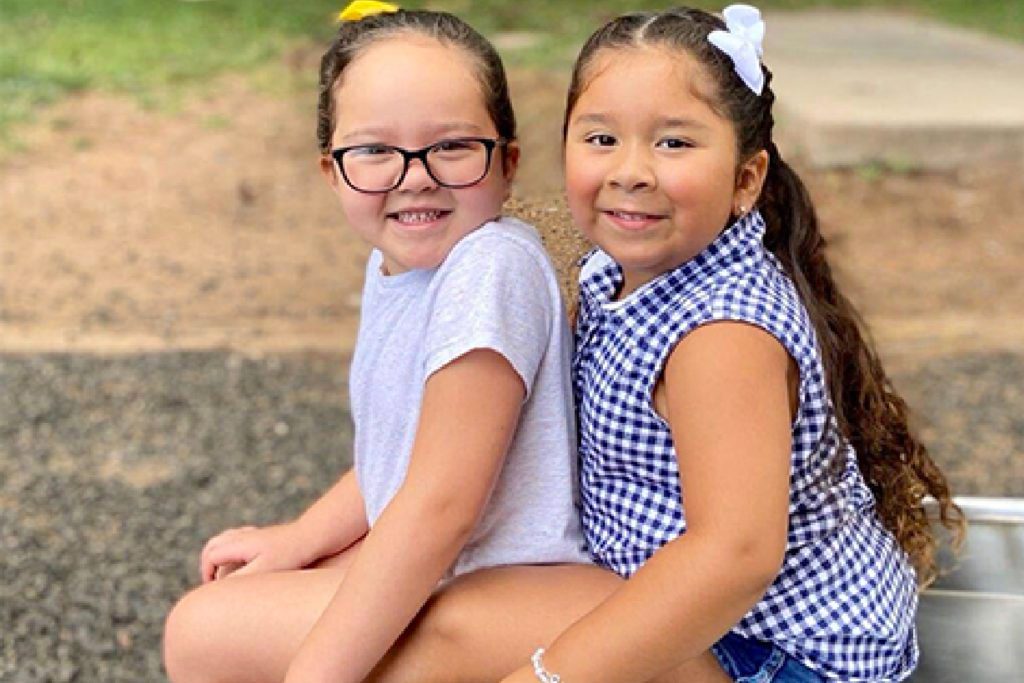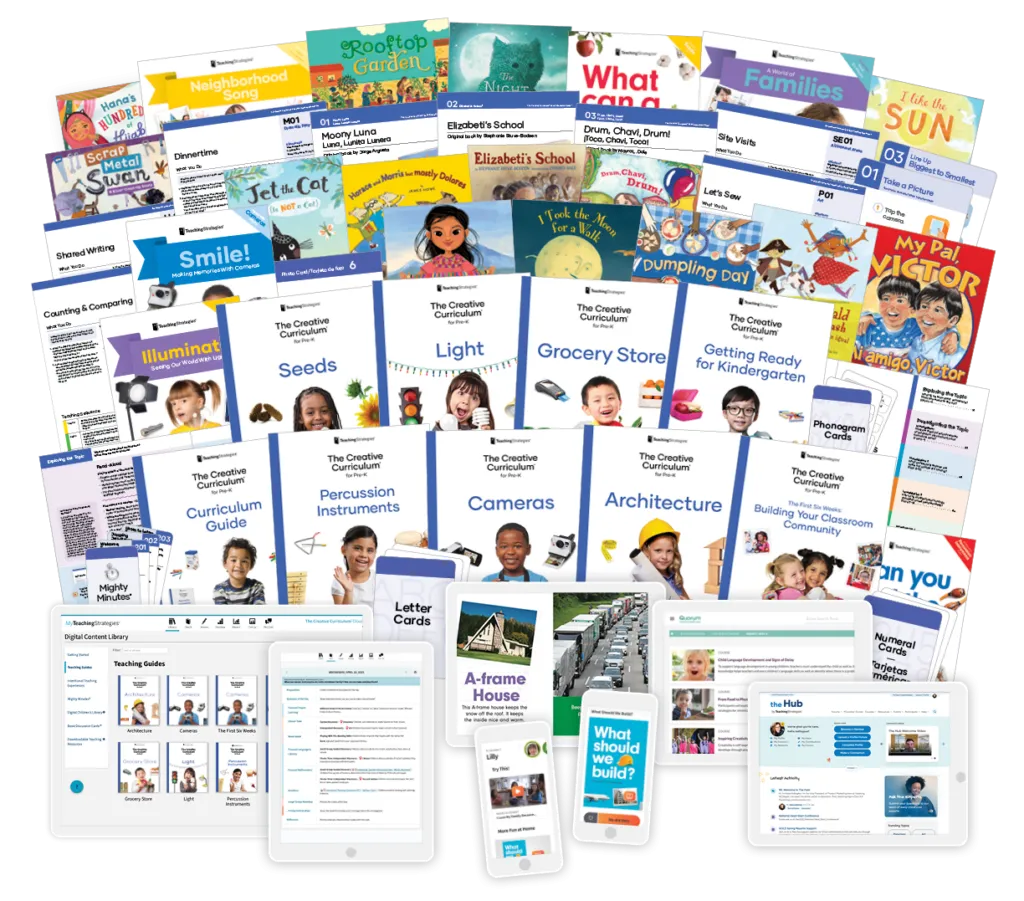Written Kindergarten Transition Plans: 4 Keys to Successful Handoff


It’s July, which for many educators and families, means thinking of the next school year ahead. In my household, it means a lot of conversations about kindergarten transitions plans, since my daughter is starting kindergarten in just one month.
When I think about what I want in a kindergarten experience for my daughter, it’s the same as always—a teacher who cares for her; who will nurture her shy and observant ways of being in the world; who will encourage her to use her small, quiet voice to say big things; and who encourages her to joyously investigate all the things she’s curious about.
At the end of the day, I want a kindergarten transition plan and experience that provides the social–emotional support my daughter needs.
To create successful kindergarten transition plans, it is essential for communities to have written plans—centered on the social–emotional needs of children and robust enough to ensure smooth transitions from preschool or home to kindergarten—that can be followed by everyone involved. I like to compare these written plans to the batons used in relay races.
The Relay Race
In three successive Olympic games—2000, 2004, 2008—the USA women’s 4×100 relay team was made up of the fastest individual runners and was favored to win the team relay race. Yet, in those three games, the team did not win. Why not? Well, despite being a team of some of the fastest runners in the world, each loss was attributed to a poor exchange of the baton between runners. Now, when I share this story it usually sparks conversations about the parallels between the act of the handoff of the baton and the kindergarten transition process. While that’s certainly part of this analogy, I don’t think enough focus is put on the baton itself.
The baton used in the Olympic games is not a large detail in the grand scheme of things, but learning to handle it well—knowing what to do with it when it is in hand, learning how to set it up for the next runner–is an essential skill that can make or break a lifetime achievement. The same is true of the written kindergarten transition plan for a school’s early learning community.
Before we talk about the role of the written kindergarten transition plan, let me back up and talk about the runners for minute. In a school’s early learning community, the persons most akin to the runners of the relay race (in my perspective), can be put into three groups: adult(s) from the early learning setting the child is in as a 4-year old (Head Start, public preschool, private child care, or friend or family care); adult(s) from the child’s home; and adult(s) from the kindergarten program the child will attend. For the rest of this post, I’ll refer to these groups as early learning, home, and kindergarten. Now, back to the baton.
4 Keys to Successful Kindergarten Transition Plans
A successful baton handoff, or kindergarten transition plan, requires four key considerations:
- Be familiar with the plan. Our baton in this analogy—the written kindergarten transition plan—should be known by the early learning, home, and kindergarten groups. If you don’t have a written kindergarten transition plan, could you consider leading an effort to write one? The National Center on Early Childhood Development, Teaching and Learning (NCECDTL) has a robust Transition to Kindergarten Resource Guide. Click here to see what is available. Additionally, if you would like to see a template for a written plan, click here.
- Recognize when the plan is in hand. The written kindergarten transition plan should be so specific about the actions and actors of the plan it is easily recognizable. The plan should include a communication strategy to distribute the information on the proposed actions, responsible actors, and the overall plan to the broader early learning community and identifies ways communication can come back to the committee. Click here for examples of communication plans made available by the Early Childhood Training and Technical Assistance System through the Early Childhood Systems Building Resource Guide.
- Know what to do with the plan. Being aware of the plan is different than knowing what to do with the plan. Taking action—”doing”—makes the plan a living one instead of a static one. You should determine what activities will foster connections between children and the school, their families and the school, and your school to the next school.
- Know how to set it up to be handed off. In the months, weeks, and days leading up to the start of kindergarten, the activities in the kindergarten transition plan should be designed so that children are being prepared for what is coming. This doesn’t mean they should be doing “more academic work” at the end of the year before kindergarten—in fact, though I have heard that term used so many times over the years of my work in the field, I just don’t think it’s necessary or appropriate. What it does mean is that children should hear the adults in their lives talking about what to expect in their new classrooms—new teachers, new peers, and new daily schedules and routines. Our Teaching Guide, Getting Ready for Kindergarten, is written specifically to support educators in preparing children for the exciting transition to kindergarten. Additionally, strategies for providing increasingly more support to families during this time should be encouraged. After all, kindergarten transition is a big step for them as well. This is a good real-life example of an effective way to engage families in the transition to kindergarten.

Focus on school readiness.
Preparation for kindergarten begins well before the back-to-school season. Build a strong foundation with The Creative Curriculum for Pre-K.